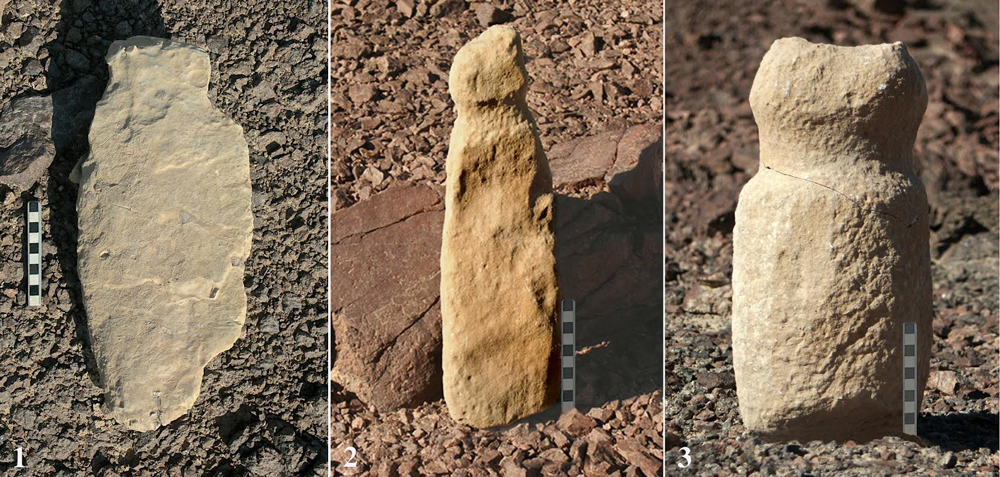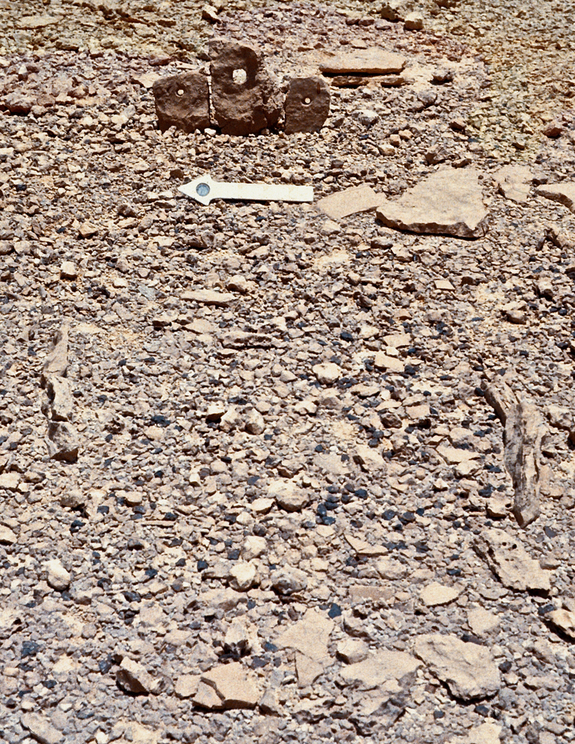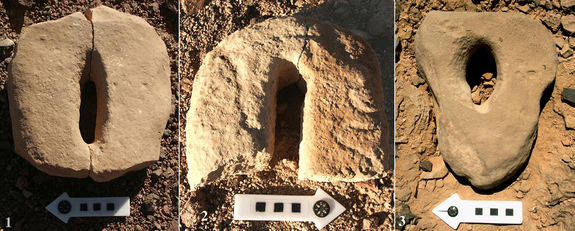It looks like you're using an Ad Blocker.
Please white-list or disable AboveTopSecret.com in your ad-blocking tool.
Thank you.
Some features of ATS will be disabled while you continue to use an ad-blocker.
11
share:
100 Ancient Cult Sites Discovered in Israel
This area and period are not really forte, but its a very interesting discovery none the less.
human form stones
and the vulva stones
It is a harsh landscape, even during the wetter early holocene.
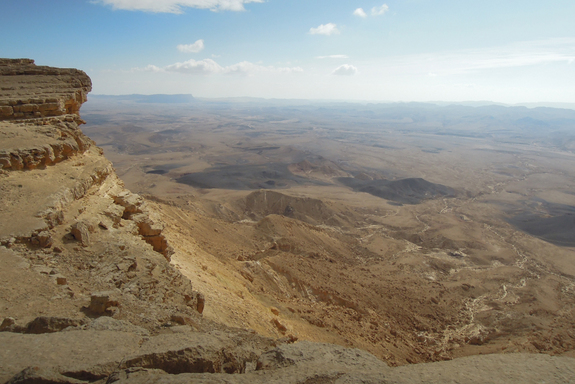

What i find interesting is that the people seemed to have travelled from elsewhere for their rituals.
What brought these people to such a harsh and desolate landscape for birth and death rituals.
MSN article on ancient ritual site
Original Live Science article
.
This area and period are not really forte, but its a very interesting discovery none the less.
Some 100 prehistoric "cult sites," complete with penis stone structures and artifacts with vulva shapes cut into them, have been discovered in the Eilat Mountains, an extremely arid area of the Negev Desert in Israel.
At the sites, which date back around 8,000 years, archaeologists discovered a variety of stone structures and artifacts, including stone circles that measure 1.5 to 2.5 meters across (roughly 5 to 8 feet) with penis-shaped installations pointing toward them. Other findings there include standing stones that reach up to 2.6 feet (80 centimeters) high, stone bowls and stone carvings that have a humanlike shape.
human form stones
Humanlike stone carvings were also found at the 100 cult sites. They reach up to 46 centimeters (1.5 feet) in height. In one instance a carving was found buried within a circle, an act symbolically associated with death. (Photo Credit: courtesy Uzi Avner)
In this image three standing stones, with holes cut into them, look over the remains of an oval installation. Many standing stones were found at the 100 new cult sites and they reach as tall as 80 centimeters (2.6 feet). (Photo Credit: courtesy Uzi Avner)
For instance, in addition to the penis-shaped structures, researchers also found that some of the stones have vulva-shaped holes cut into them. The circles that the penis-shaped structures point to also seem to represent females.
"The circle is a female symbol, and the elongated cell is a male one (phallus)," said Uzi Avner, a researcher with the Arava-Dead Sea Science Center and the Arava Institute, in an email to Live Science.
Death is "signified by the burial of stone objects and by setting them upside down," the team members wrote in their paper. In one case, a humanlike stone carving was found buried "with only the very top visible on the surface."
and the vulva stones
Many examples of stones with holes cut into them were found at the site. Some of the holes are in the shape of the female vulva, suggesting these structures also symbolize fertility, the researchers said. (Photo Credit: courtesy Uzi Avner)
It is a harsh landscape, even during the wetter early holocene.


The 100 cult sites were found in a mountainous area that receives only 20 mm (0.79 inches) of rain per year, on average, the archaeologists said.
Around 8,000 years ago it would have been somewhat wetter. "The climate of the 7th-6th millennia B.C. was a little moister than that of the present, 40%-20% more rainfall, but the desert was a desert," said Avner in the email.
The cult sites tended to be built in relatively flat sections of the mountains. "Their position on topographic 'shoulders' or comparatively flat locations probably enabled several dozens of people to gather around them, for example, an extended family," the archaeologists wrote.
The sites also provide a good view. "Commonly, a broad view is seen from the sites, so possibly, the scenery was one element in the selection of their location," the archaeologists added.
While the researchers discovered many cult sites, they found few domestic ones. "In contrast to the density of cult sites, only two small habitations and one small campsite were found on the ridge," they wrote, noting that these three sites were all associated with the cult sites.
What i find interesting is that the people seemed to have travelled from elsewhere for their rituals.
What brought these people to such a harsh and desolate landscape for birth and death rituals.
MSN article on ancient ritual site
Original Live Science article
.
Some more Palestinian archaeology.
The history of Palestine date before the bible.
The history of Palestine date before the bible.
edit on 10-2-2015 by Shadow Herder because: (no reason given)
a reply to: punkinworks10
The earlier stories I read about this described the first group of stones as being phallic symbols. Which is an interpretation that is in line with that of the vulva stones.
EDIT:
Oops, missed the "penis-shaped" bit in the excerpt. That's what I get for skimming!
The earlier stories I read about this described the first group of stones as being phallic symbols. Which is an interpretation that is in line with that of the vulva stones.
EDIT:
Oops, missed the "penis-shaped" bit in the excerpt. That's what I get for skimming!
edit on 2015-2-10 by theantediluvian because: (no reason
given)
First off I am wondering if there is any hallucinogenic flora that may be gathered from the desert there....
....
....
a reply to: punkinworks10
This is part of a worldwide "cult", if that is even the right word....
More remains of womb temple mounds perhaps?
A mound would have looked exactly like entering the womb. With the belief it was so, so it would be.
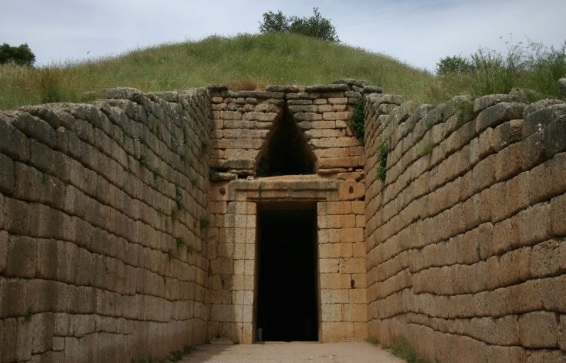
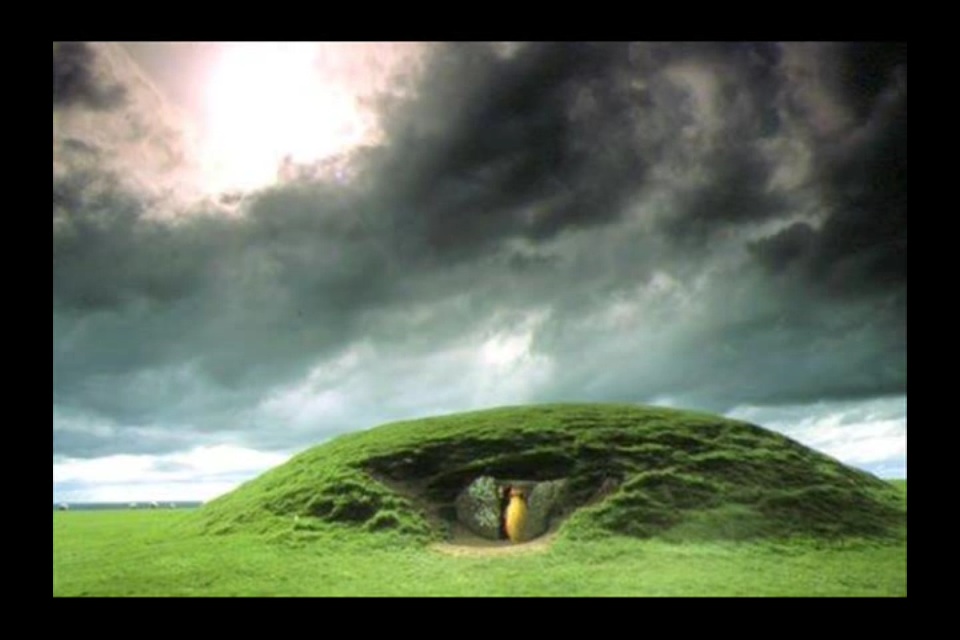
Stone henge could be the skeletal remains of a giant earth mound/womb temple...
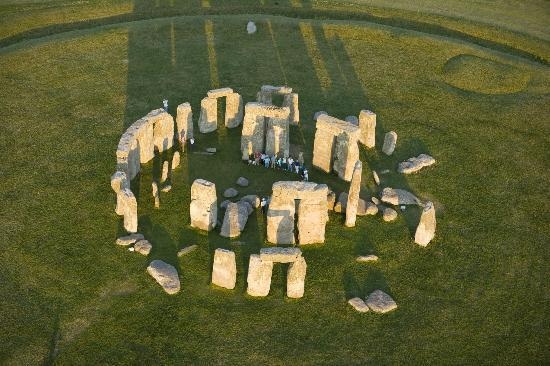
Here is a surviving one in the uk with a lingam at at the entrance...
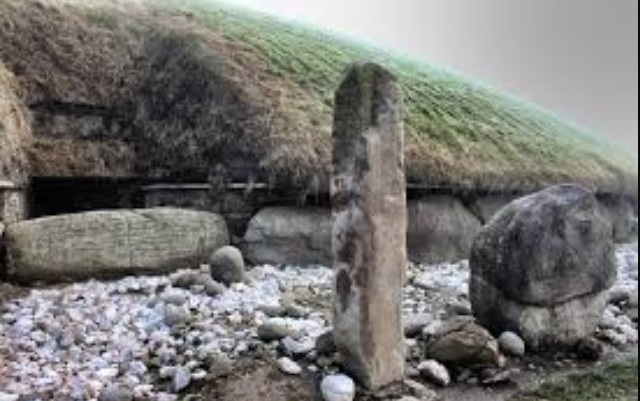
The vulva stones are doorways for astral travel?
From a article on stone circles at Göbekli Tepe...

www.wakingtimes.com...
More insight here...
www.abovetopsecret.com...
And here..
www.abovetopsecret.com...
This is part of a worldwide "cult", if that is even the right word....
More remains of womb temple mounds perhaps?
A mound would have looked exactly like entering the womb. With the belief it was so, so it would be.


Stone henge could be the skeletal remains of a giant earth mound/womb temple...

Here is a surviving one in the uk with a lingam at at the entrance...

The vulva stones are doorways for astral travel?
From a article on stone circles at Göbekli Tepe...
When you look at Göbekli Tepe there is confirmation that its builders shared a sense of connection with the cosmos. From the strange glyphs and ideograms on the various stones, which include symbols resembling the letters C and H, to the twelvefold division of stones in the various enclosures, there is powerful evidence that these 11,000-year-old temples resonate the influence of the celestial heavens.
Standing stones erected in the north-northwestern sections of the walls in two key enclosures at Göbekli Tepe bore large holes that framed the setting of Deneb each night, highlighting the star’s significance to the Göbekli builders, and showing the precise direction in which the shaman should access the sky world.

www.wakingtimes.com...
More insight here...
www.abovetopsecret.com...
And here..
www.abovetopsecret.com...
edit on 11-2-2015 by Wifibrains because: (no reason given)
originally posted by: Shadow Herder
Some more Palestinian archaeology.
The history of Palestine date before the bible.
The history of (insert culture/region here) date before Bible.
Harte
Where in Palestine was this discovered ?
Palestine is so amazingly rich with history.
Palestine is so amazingly rich with history.
originally posted by: obscurepanda
a reply to: Wifibrains
Any legit, verifiable sources you could link to?
Depends on who's legitimising and verifying...
www.google.co.uk...
The imagery is all there, I was simply noting the homomorphism of these ancient sites.
en.m.wikipedia.org...
edit on 14-2-2015 by Wifibrains because: (no reason given)
a reply to: Wifibrains
Good observations Wifibrains , we still have connections to the womb and phallic symbolism in our modern religious places of worship.
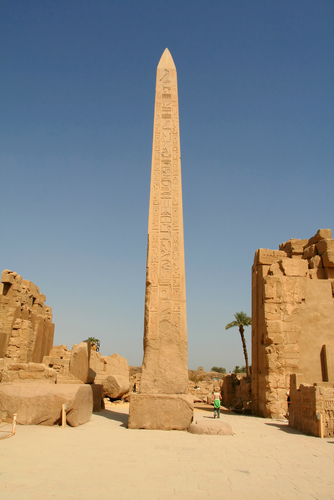
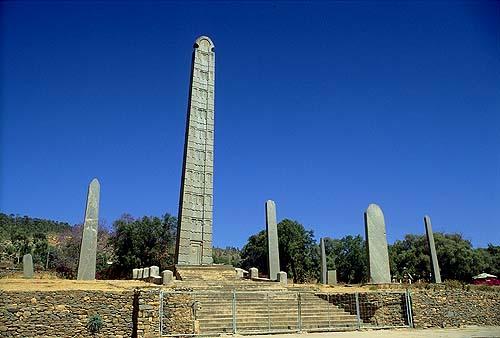
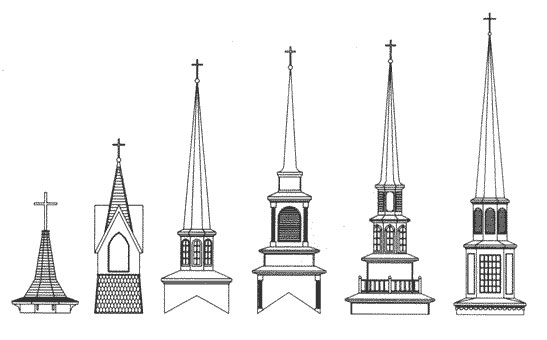
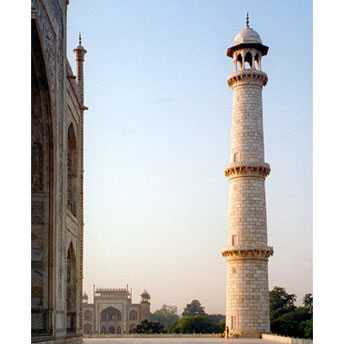
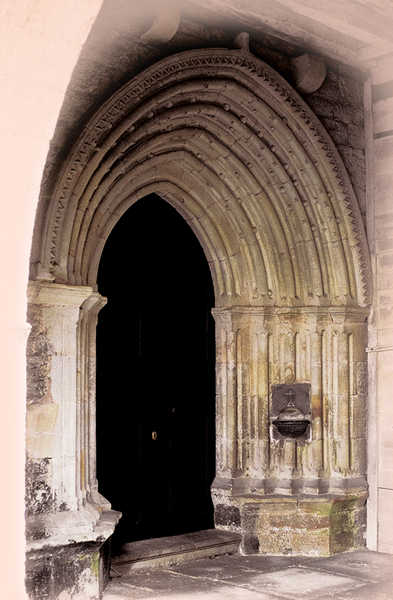
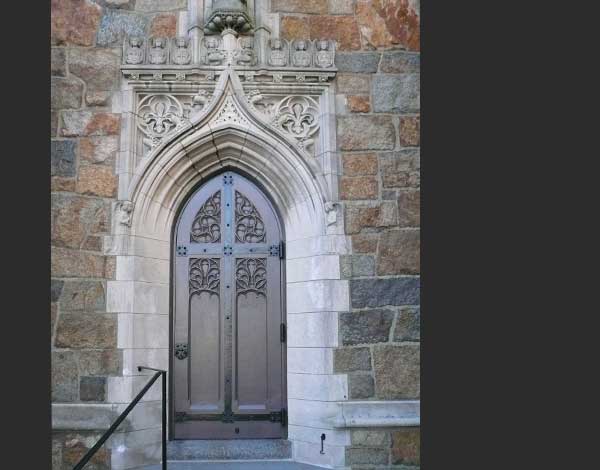
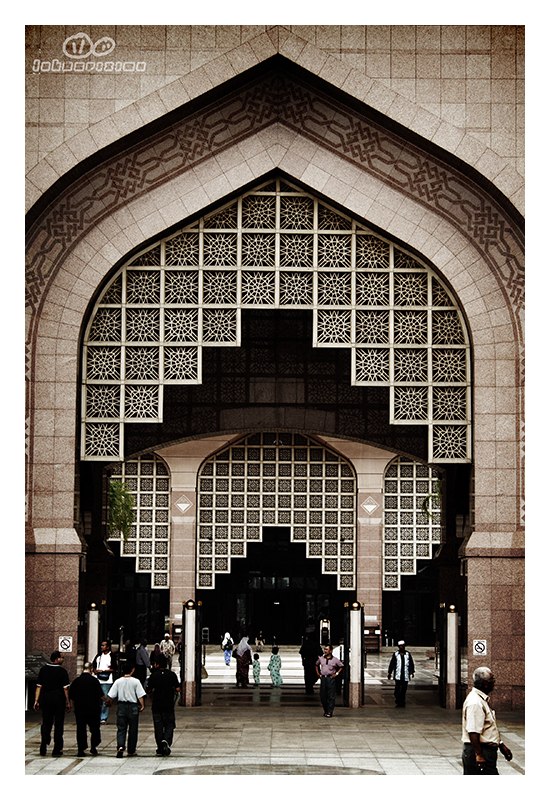
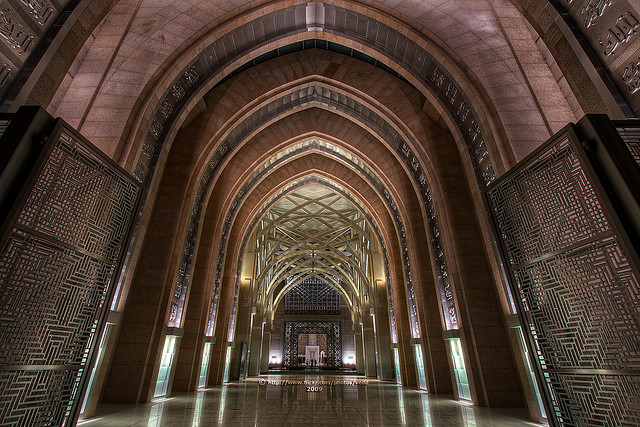
Mosque and Church entrances ,Minarets and Steeples ,in the form of the womb and the Phallus the place where creation took place
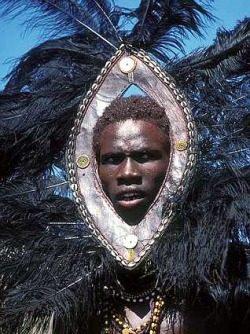
Modern Masaai.
Good observations Wifibrains , we still have connections to the womb and phallic symbolism in our modern religious places of worship.








Mosque and Church entrances ,Minarets and Steeples ,in the form of the womb and the Phallus the place where creation took place

Modern Masaai.
a reply to: Spider879 & Wifibrains
I never made that connection with doors.
What's most interesting is that, and strinkingly in the case of this site in the Negev, although you have clear cut fertility imagery, it's found within an astronomical context. What's up with that?
And this stuff shows up ,in its earliest forms , after the end of the younger Dryas .
All of these early sites, with standing stones or rocks with holes through which to site the sky, can be interpreted as calendars, and the earliest examples all predate agricultural. The currently advanced ideas of calendars being developed as an aid to agriculture don't really make sense , in terms of a foraging or HG people transitioning into ag.
Lunar calendars also show up before ag, again WUWT?
I have an idea , that I need to polish up a little, that actually might help explain and might tie into a broad range of subjects.
I'm going to ponder on it while I go shopping and I'll be back.
I never made that connection with doors.
What's most interesting is that, and strinkingly in the case of this site in the Negev, although you have clear cut fertility imagery, it's found within an astronomical context. What's up with that?
And this stuff shows up ,in its earliest forms , after the end of the younger Dryas .
All of these early sites, with standing stones or rocks with holes through which to site the sky, can be interpreted as calendars, and the earliest examples all predate agricultural. The currently advanced ideas of calendars being developed as an aid to agriculture don't really make sense , in terms of a foraging or HG people transitioning into ag.
Lunar calendars also show up before ag, again WUWT?
I have an idea , that I need to polish up a little, that actually might help explain and might tie into a broad range of subjects.
I'm going to ponder on it while I go shopping and I'll be back.
a reply to: Spider879
I belive that calendars originally came about to time the optimum conception dates.
If you conceive near the summer solstice, the child should be born in late winter/early spring, making those first critical months easier to provide for the nursing mother. The lunar calendar came around to time the menstrual cycle.
Hence , the association of these early calendars to fertility rites.
I belive that calendars originally came about to time the optimum conception dates.
If you conceive near the summer solstice, the child should be born in late winter/early spring, making those first critical months easier to provide for the nursing mother. The lunar calendar came around to time the menstrual cycle.
Hence , the association of these early calendars to fertility rites.
originally posted by: punkinworks10
a reply to: Spider879
I belive that calendars originally came about to time the optimum conception dates.
If you conceive near the summer solstice, the child should be born in late winter/early spring, making those first critical months easier to provide for the nursing mother. The lunar calendar came around to time the menstrual cycle.
Hence , the association of these early calendars to fertility rites.
Yes the astronomical aspects have to do with the fact that females were the first keepers of time based off their monthly cycles.
The Males when we took over love playing with our joy stick. self quote from another thread.
Thunder and sex: Min,Pan and BwAZA:
With the possible exception of the Yazidis and the Alawi, in Iraq and Syria,the non-christian or non muslims among the Gurage of South-Central Ethiopia are today the only Semetic speaking "pagans". Among them,Bwaza or Bazo is still worshipped for his arbitary violence and sexual appetite. as a Gurage hymn puts it:
Oh Bwaza,is there a place you do not descend to,
a Keyae(house-hold) you do not visit,where you do not slay father and son Where you do not elope with the mother and daughter?.
Interestingly,these two apparently contradictory aspects seem to be reflected ethymologicallyin the name Bwaza itself. this comes from a Semitic or Afroasiatic biconsonantal root BZ with many different forms,which the lexicographer David Cohen groups into semantic clusters,split, divide,distribute and inflate,inseminate and abound.
In the book of Ruth Boaz was the name of Naomi's kinsman whose association with fertility is shown by his consummation of his marriage to Ruth,on a threshing floor at harvest time in Bethlehem,'House of Bread'. The thundering aspect of Bw.aza is paralleled in the Biblical use of the name Bo.az as the name of one of the pair of pillars placed infront of the temple of Yahweh. Bo.az was presumably also the name of the similar pillars known to have been placed before other Canaanite temples. The practice of placing free standing pillars in front of temples has a counterpart in the cult of Bw.aza among the Guarage.
The priest of Bw.aza called maga- a name that is interestingly and inexplicably close to the Iranian Magi-distribute for profit small strips of wood,sana,from trees struck by lightning. These are placed onthe ground close to the entrance of a compound or outside a hutan as the anthropologist William Shack puts it,Whereever sana is displayed,it symbolizes that the land and property is blessed and others respect it for fear of Bw.za reprisals.This type of spiritual lightining conductor infront of houses would seem to be a Gurage parallel on a domestic scale to the Bo.az placed in front of temples.The need for protection from this fierce but creative divinity in West Semitic religion can be seen in the Ugaratic hymns and epics of Ba'al,who punishes without mercy while fertiliziting the land and,like a storm tears out and brandishes trees.
www.abovetopsecret.com...
Here we see as in the steeples and minarets an older form perhaps predating the obelisk

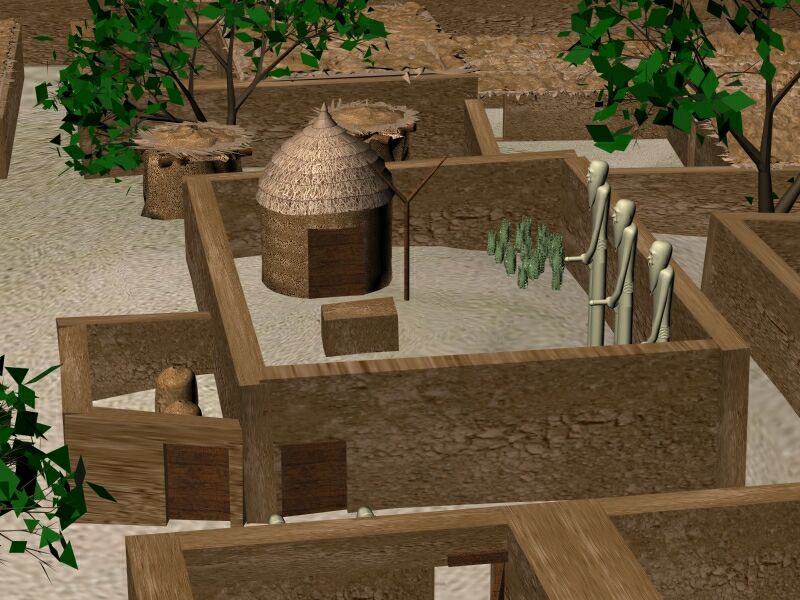
Early pre dynastic temples of Naqada. connected to the fertility god Min [ compare to the Shilluk sanctuary below
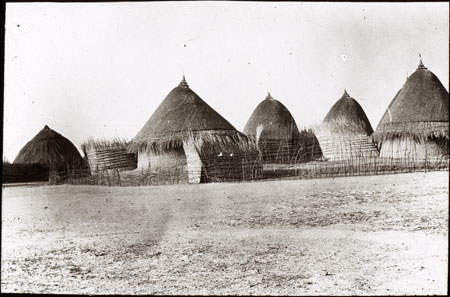

The Golden Bough: A Study in Magic and Religion
James George Frazer
new topics
-
US warship Edsall Lost after Pearl Harbor Attack Found 80 Years Later ... by Accident
Mainstream News: 20 minutes ago -
WATCH LIVE: US Congress hearing on UFOs, unidentified anomalous phenomena
Aliens and UFOs: 2 hours ago -
Worlds Behind You…
Short Stories: 2 hours ago -
Con Man Don
Jokes, Puns, & Pranks: 2 hours ago -
How can you defend yourself when the police will not tell you what you did?
Posse Comitatus: 6 hours ago
top topics
-
Elon's Starlink Stole The Election For Trump--Leftist Conspiracy Theorists Charge
General Conspiracies: 17 hours ago, 22 flags -
Trump picks Gov. Kristi Noem to serve as homeland security secretary
2024 Elections: 14 hours ago, 14 flags -
How can you defend yourself when the police will not tell you what you did?
Posse Comitatus: 6 hours ago, 12 flags -
WATCH LIVE: US Congress hearing on UFOs, unidentified anomalous phenomena
Aliens and UFOs: 2 hours ago, 5 flags -
Worlds Behind You…
Short Stories: 2 hours ago, 3 flags -
US warship Edsall Lost after Pearl Harbor Attack Found 80 Years Later ... by Accident
Mainstream News: 20 minutes ago, 3 flags -
Con Man Don
Jokes, Puns, & Pranks: 2 hours ago, 0 flags
active topics
-
WATCH LIVE: US Congress hearing on UFOs, unidentified anomalous phenomena
Aliens and UFOs • 8 • : putnam6 -
How can you defend yourself when the police will not tell you what you did?
Posse Comitatus • 22 • : Oldcarpy2 -
Should we look for the truth, or just let it go?
US Political Madness • 98 • : 777Vader -
The Reactionary Conspiracy 13. The plot’s theology.
General Conspiracies • 290 • : MarxistDebunker2 -
Speaker Johnson Orders Entire Biden Administration to Preserve and Retain All Records - Documents
US Political Madness • 50 • : Flyingclaydisk -
US warship Edsall Lost after Pearl Harbor Attack Found 80 Years Later ... by Accident
Mainstream News • 3 • : theatreboy -
Russia Ukraine Update Thread - part 3
World War Three • 6789 • : Oldcarpy2 -
The Trump effect 6 days after 2024 election
2024 Elections • 73 • : PorkChop96 -
President-Elect DONALD TRUMP's 2nd-Term Administration Takes Shape.
Political Ideology • 141 • : matafuchs -
Tomorrow will be the 7th day after the election, and they are still counting
US Political Madness • 42 • : WeMustCare
11

